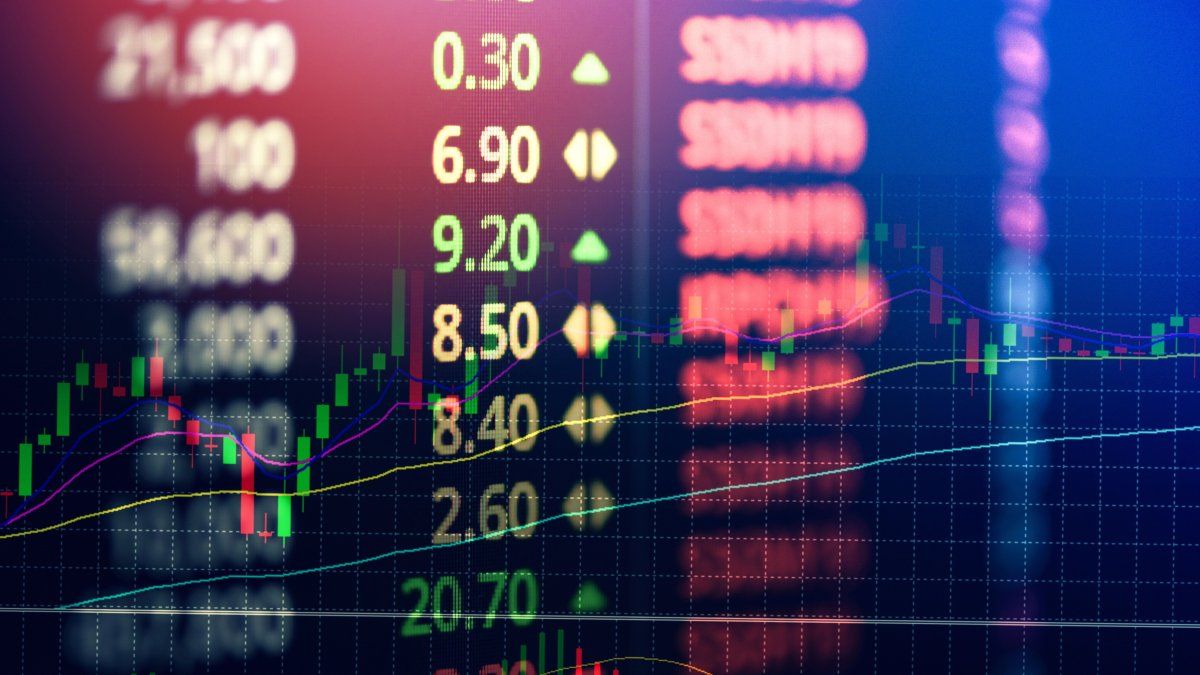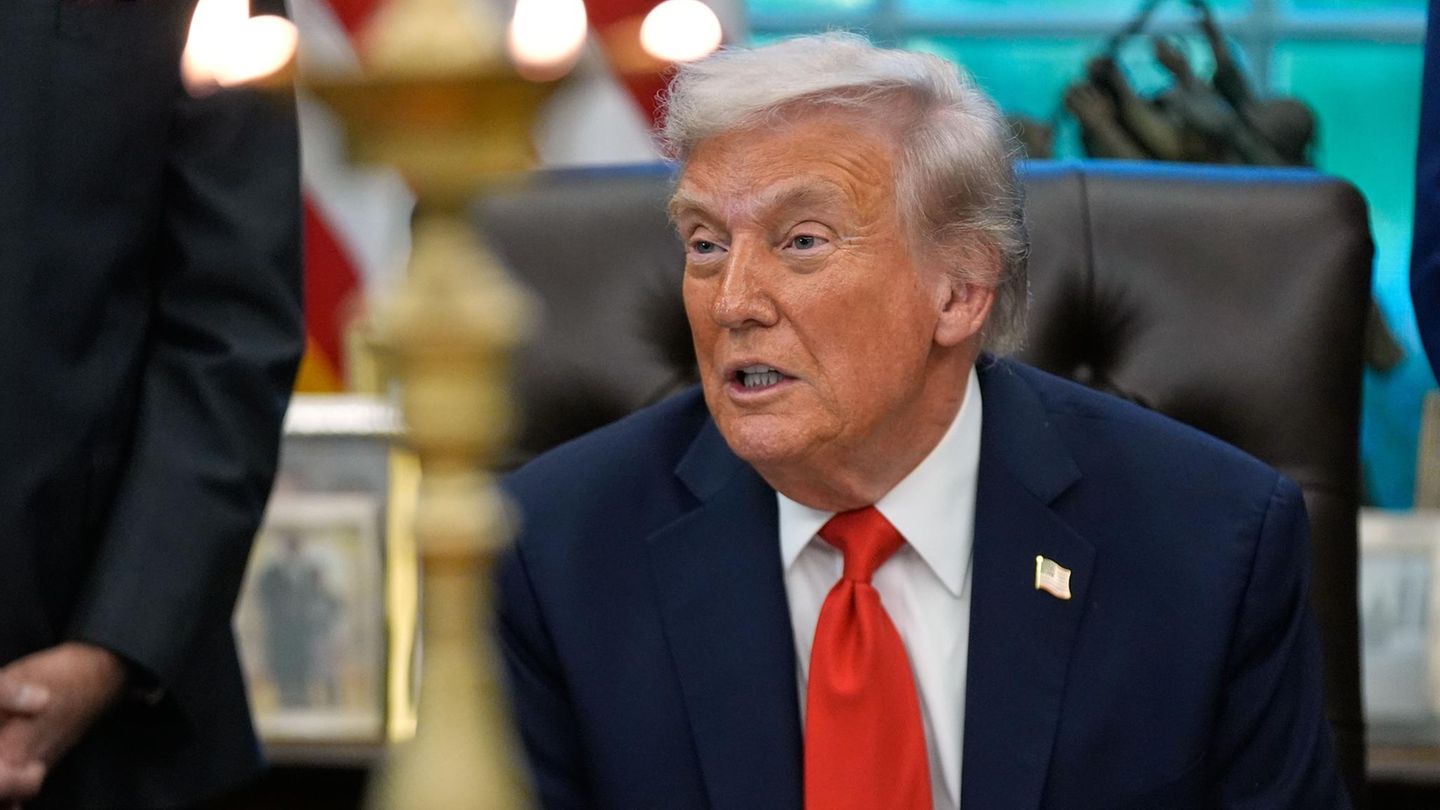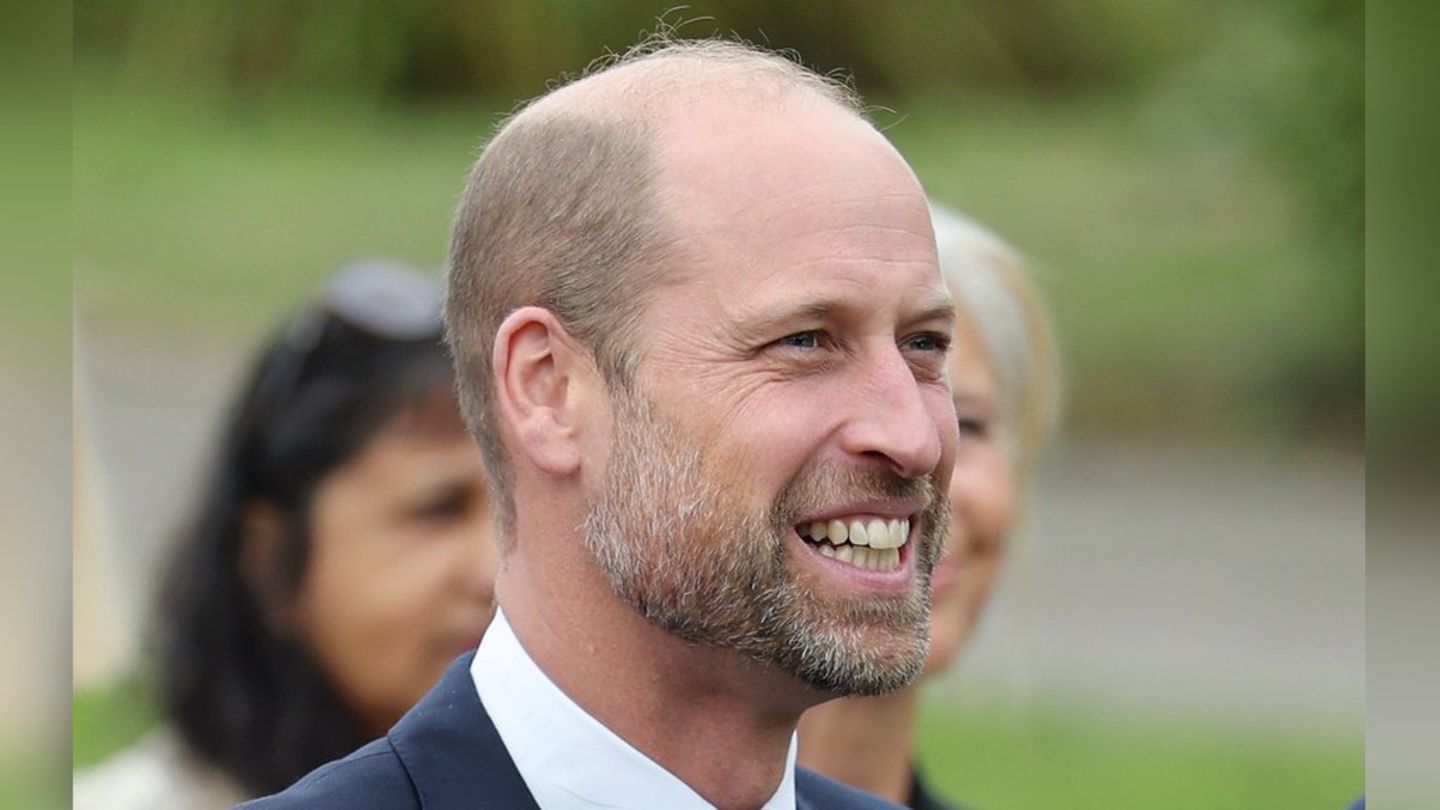Sovereign bonds in dollars have risen by 25% in the last 45 days. Surplus, more employment, inflow of dollars and money laundering are pushing. The Federal Reserve’s rate cut is a tailwind.
The international scenario could not be better for Argentina. The US Federal Reserve began to lower the short-term rate, and the one-year US Treasury bond is at 3.98% per year, while the 10-year Treasury bond is at 3.72% per year. This gives us the impression of a change in the slope of the rate curve, which would go from negative to neutral, with a great chance of turning positive and encouraging a recovery in the American economy.
At the same time, the yuan and the real began to appreciate, which would lead to an improvement in the competitiveness of our country, as they are the two main trading partners.
The week is ending particularly well for the government. It was learned that in August the treasury again showed a financial surplus. In 8 months of 2023, the fiscal result was negative by US$ 18,140 million, while in 8 months of 2024 it turned positive by US$ 2,314 million. This is a tailwind for the price of our bonds, the country risk dropped to 1,300 points and is heading for its first stop at 1,100 points. If it breaks that mark downwards, we could see the country risk below 1,000 points and Argentina close to placing debt in the voluntary credit markets.
At current values, AL29 and AL30 bonds have an internal rate of return of 21.0% per year, while AL35 yields 16.3% per year and AL41, 16% per year. We see it as highly probable that long-term bonds could rise and show a rate of return of 12% per year in the not too distant future.
Inflation continues to fall. In the last 4 months of the previous government, average retail inflation was 11.6%, in the last 4 months it was 4.2%, a significant drop. But the surprise came with wholesale inflation. In the last 4 months of the previous government, inflation was 11.6% annually, while in the last 4 months it was 2.8% monthly. The change in the scenario regarding inflation is incredible, all roads lead to a retail inflation of 3.5% in September, and I would not be surprised to see wholesale inflation below 2.0% for the same month.
In August, exports totaled US$ 6.793 billion and imports, US$ 4.830 billion, which left us with a trade balance of US$ 1.963 billion. Perhaps the drop in imports was due to the fact that many importers postponed purchases due to the drop in the country’s tax. We will find out next month, but this does not tarnish the fact that in 8 months the trade balance is positive at US$ 14.151 billion, when a year ago the trade balance was negative at US$ 6.168 billion. Many things are changing.
Wages continue to rise above inflation, although there is still a long way to go to reach wages that allow us to increase consumption sharply, it is an important recovery. In this context, the employment rate, which is calculated as a percentage between the employed population and the total reference population, went from 44.6% in the second quarter of 2023 to 44.8% in the second quarter of 2024. This rate is the most important because it reflects whether or not jobs have been created. The employed population went from 13.1 million in the second quarter of 2023 to 13.3 million in the second quarter of 2024. Clearly, there is still much more growth to be done, but it is noteworthy that, in the context of a major economic adjustment, employment is growing. Unemployment went from 6.2% to 7.6%, due to the effect of the rise in the activity rate, which went from 47.6% to 48.5%, given the greater number of people looking for work.
In the context of good economic news and a Central Bank that has had a series of days with significant dollar purchases on the market, the MEP dollar broke through the $1,200 barrier, which clearly indicates greater confidence in the economic plan.
Conclusions
.- The dollar will find a floor in the $1,100/$1,200 zone, a price level where we will have buyers. It was clear that at this stage of Javier Milei’s government the dollar was not a good deal, there is a lack of pesos, and with positive interest rates against inflation the dollar is a safe haven.
.- The expected inflation in 12 months would be around 35% per year, and the one-year Lecap (capitalization letters) yield 59%. This gives us positive rates of 17.8% per year. Be careful with those who take out financing at rates of 50% per year, since they would be buying themselves a wooden envelope in this context of disinflation in our economy.
.- In the market, we see an increase in dollar deposits, which as of September 16 amount to US$ 24,077 million, when as of December 7, 2023 they amounted to US$ 16,479 million. More deposits will mean more financing in dollars and, consequently, more sales of dollars in the market. This increase is related to money laundering, therefore, new money appears to reactivate the economy, and real and financial assets will rise.
.- In this scenario, all roads lead to a sharp rise in sovereign bonds. Inflation-adjusted peso bonds are losing appeal, and Lecaps are shining for their positive rates. Stocks should be showing their best, however, a wave of selling in American stocks is tarnishing their performance. For now, bonds continue to be big winners for those with a conservative stance. From August 2 to date, the AL35 bond rose 25% in dollars, and that is no small feat.
Source: Ambito
I am an author and journalist who has worked in the entertainment industry for over a decade. I currently work as a news editor at a major news website, and my focus is on covering the latest trends in entertainment. I also write occasional pieces for other outlets, and have authored two books about the entertainment industry.




